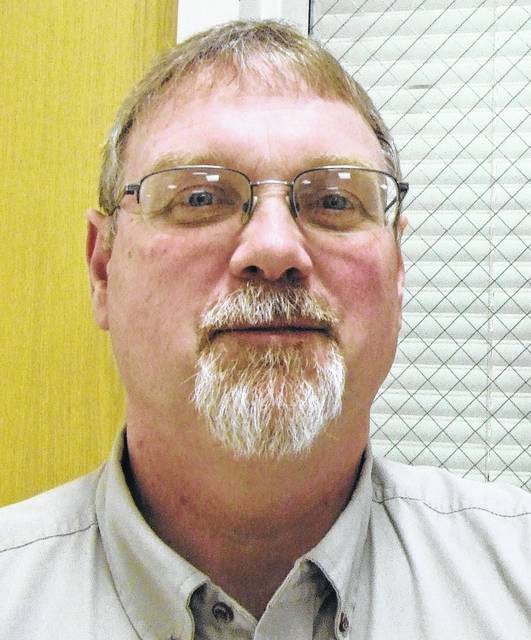
The weather has created an uphill climb to complete this year’s harvest. Rain earlier in the week on Wednesday and rain predicted this Saturday, and a chance many days ahead of us has local producers struggling to get the remainder of the local crop harvested.
We have seen this episode before but it doesn’t make it any easier to swallow for area producers. In fact we had issues in 2011 and again in 2015.
According to the week ending November 12, Ohio grain producers had harvested 71% of the corn and 93% of the soybeans respectfully. Compare that to our 5 year average and it may not be as bad as it seems as the 5 year average for corn harvest at this time is 85% and the soybean 5 year average harvest progress is 95%.
For Clinton County my best guess for harvest progress is that we are at least 75-80% done with corn harvest but the more troubling issue is soybean harvest. The continued bad weather has made it very difficult to make positive progress on soybean harvest and my best guess here would be we still have 20% of our soybean acreage to harvest in the county.
So what do our grain farmers do? Waiting for optimal field conditions may no longer be an option with harvest lagging behind the trending pace due to delayed planting and recent wet weather. Before rushing to resume harvest in marginal soil conditions, it is important to consider the consequences, namely; soil compaction.
Soil compaction occurs when soil particles are compressed together, reducing pore space. As pore space tightens, the ability for water to percolate through the soil profile leading to the potential of increased runoff.
In addition, the lack of pore space leaves little room for plant roots to properly develop during future growing seasons. Because of this soil compaction, long term growers can experience reduced yields with the problem difficult to manage and alleviate.
If you are leaving ruts, you are causing compaction. As machinery carries heavy loads across these fields, deep rutting with heavy subsurface compaction can develop.
Axle load is a determining factor in the overall depth of soil compaction. Risk and severity of compaction increases when field activities occur on wet soils. The obvious way to avoid severe soil compaction is to avoid field activities when field conditions are marginal. Hard to swallow the truth when one knows the crop needs to be harvested.
The recent rain events across Ohio have created a situation where it may not be possible to wait for fields to dry completely out.
So the question becomes, can a grain farmer in these circumstances get the crop harvested without causing long term compaction to a given field?
The Ohio State University Precision Ag Team reminds farmers to think about compaction and the potential long term effect it may have before one plans to head back out to the fields. Here are some suggested tips they provide to minimize damage during this wet harvest season:
• Use a controlled traffic strategy to minimize the amount of field traversed by combines and grain carts. Most damage occurs with the first pass of the machine.
• Make sure tire pressure is properly adjusted for the axle load. Larger tires with lower air pressure allow for better flotation and reduce pressure on the soil surface. Larger tires that are properly inflated increases the “footprint” on the soil. (Note: pressures for road travel should not be the same as field travel).
• Minimize filling grain carts to max capacity, thereby reducing overall axle load.
• High inflation pressures lead to more serious compaction events.
• Hold off on soil tillage operations until soil conditions are drier than field capacity. Tilling too wet can cause issues as well and not accomplish the intended results of tillage.
• Collect machine data to evaluate trafficked areas after harvest. These data can identify where multiple pass of equipment occurred and where areas need to be deep ripped.
• Where funds allow, consider making the switch to tracks from wheeled tractors and carts. Tracked machinery and equipment more evenly distribute weight and cause less damage than their wheeled counterparts.
Tony Nye is the state coordinator for the Ohio State University Extension Small Farm Program and has been an OSU Extension Educator for agriculture and natural resources for 29 years, currently serving Clinton County and the Miami Valley EERA.


